The thought of cold feet while tucked inside a sleeping bag might sound like a cruel, frigid nightmare. But with the right information and preparation, cold winter nights can be comfortably spent surrounded by the warmth of the bag. With this comprehensive guide, you’ll learn everything you need to know – from tips on insulation to must-have items for campers.
Why do my feet get cold in a sleeping bag?
One of the primary causes is that your body temperature drops naturally as you sleep, and if it gets too low, it won’t keep your feet sufficiently warm. Additionally, poor circulation in your lower extremities may mean that not enough heat is reaching them. Finally, air pockets between the insulation material and the bag fabric can also contribute to chilly toes!
Tips to keep the feet warm in a sleeping bag
- Pack socks: Wear a pair of warm socks, and if you have extra room in the bag, take an extra pair just in case you need them.
- Put down a ground cloth: A waterproof ground cloth helps keep cold from seeping up through your sleeping pad and into the bottom of the bag.
- Insulate your feet: Place insulation between your feet and the outside of the bag – things like foam pads or closed-cell foam mats work great for this purpose!
- Use footwarmers: Handwarmers are ideal for keeping your toes toasty; they can be placed inside socks or directly on your feet.
- Layer up: If you’re camping in really cold temperatures, it’s a good idea to wear layers of clothing – this extra layer will keep the heat and prevent your feet from getting too cold.
- Wear a hat: Wearing a warm hat helps keep the heat from escaping through your head; ensure to pick one that fits snugly over your ears!
- Cuddle up with a partner: If you have someone else to share body warmth with, cuddling is a perfect way to stay warm.
Right temperature rating
It’s important to get a bag that is rated for the temperatures you expect to encounter. Most manufacturers have temperature ratings on their bags so you can determine which would be best suited for your needs. Layer up with warm clothing items such as wool socks or thermal underwear. This will provide even more insulation and warmth.
Sleeping bag with a closed toe box
Having extra space for your feet to stay warm and snug is essential. Look for a bag that comes with an insulated foot pocket.
Inspect the sleeping bag aforehand
Your sl. bag should be in good condition before you use it, otherwise you won’t have the best chance of staying warm. Inspect it for any loose stitching, rips, tears, or other damages that could compromise its effectiveness. If there are any issues with the bag, consider investing in a new one instead of risking having cold feet while camping.
Sleeping bag liner
Using a liner can be an excellent way to increase the amount of insulation and keep your feet warmer. A liner is essentially an extra layer of fabric inside the bag, it helps trap heat against the body. It also stops any moisture from reaching the insulation, so you don’t wake up with cold, wet feet! When shopping for a liner, look for one made from synthetic or wool materials rather than cotton, as these will provide better insulation.
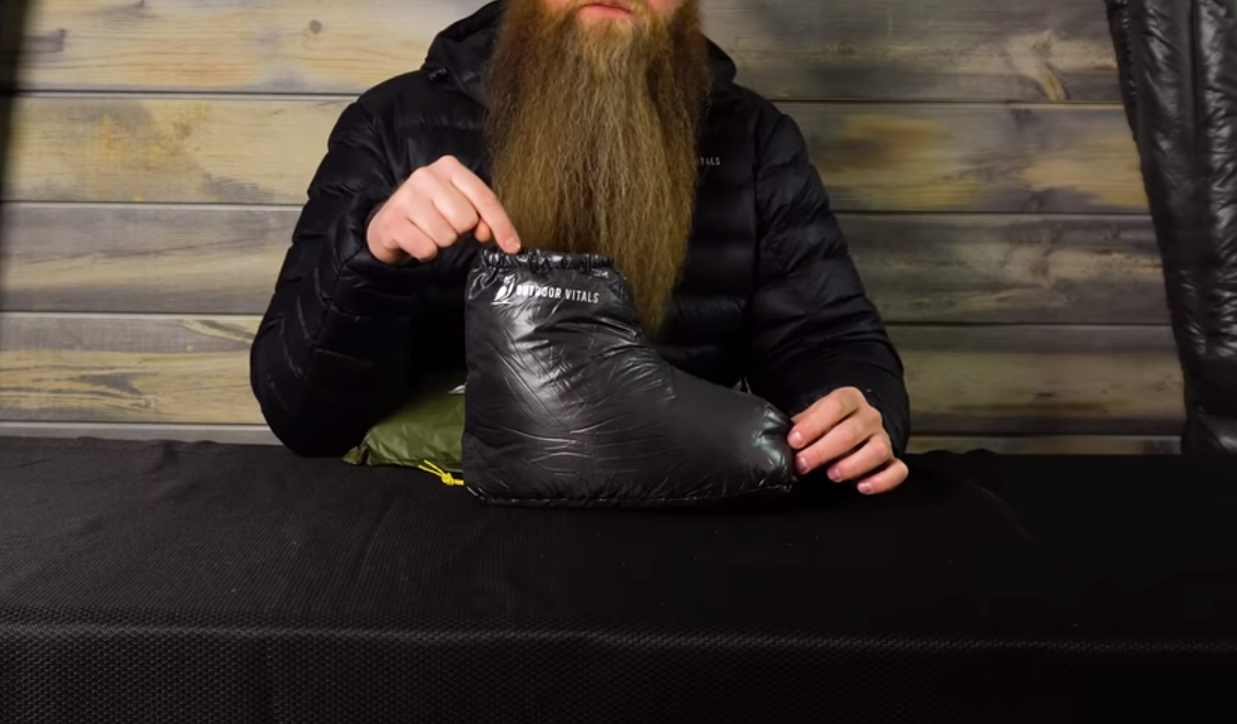
Fluff out the sleeping bag
Fluffing out helps to create air pockets and traps heat better so that you stay warmer throughout the night. To fluff out the bag, shake it vigorously with both hands and then pull each end apart as far as you can before laying it flat on the floor. Ensure that you do this a few times until you feel that the down or synthetic insulation has fully expanded. This will keep the trapped air inside when you get into bed.
Feet off the ground
If you have an air mattress, it’s best to sleep on top of that, rather than sleeping directly on the ground. Putting your feet on a colder surface can reduce their temperature significantly. If possible, try to elevate them at least six inches off the ground by placing something underneath the bag. This could include extra pillows or clothing rolled up in blankets beneath your feet.
Good quality air mattress
A pad or air mattress can provide a significant amount of insulation beneath your body, keeping your feet and the rest of you warm even in cold temperatures. Look for an insulated version with plenty of cushioning to keep your feet from getting too cold. You may want to invest in a winter-specific mat if you plan on camping frequently in colder climates.
Warm before you get sleeping
Do some exercise or take a hot bath, as this will help raise your body temperature.
A hot water bottle inside the sleeping bag
You can ensure it stays in place tying it securely with a cord or string. Just be careful not to overfill the bottle, as you don’t want it near your skin when you are sleeping.
Using this method ensures that your feet have direct access to a heat source, helping them stay warm even in the coldest of temperatures. It also helps provide extra insulation for your lower body, making sure that no cold air enters from underneath the bag.
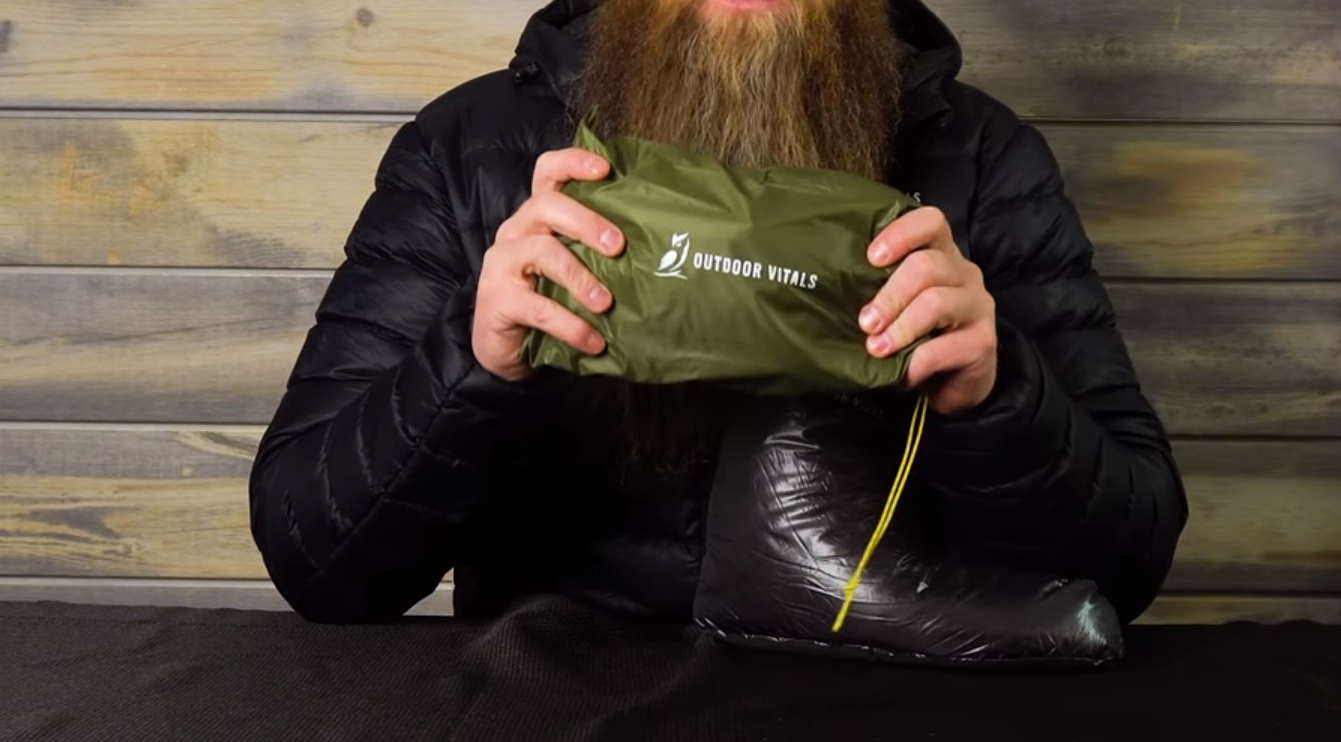
Place the clothing in the foot area
The clothing acts as extra insulation, blocking out any cold air from entering through the foot area. It also adds a bit more padding to your feet which can keep them comfy and warm!
Sleep with a partner
Even if you are not touching each other, the extra body heat will keep you warmer. Ensure that both of you are well-insulated and using separate sacks for maximum efficiency. [1]
Should you wear socks in a sleeping bag?
Yes, you should definitely wear socks in a bag! Wearing socks maintains the temperature. It will also prevent blisters caused by rubbing against the material of the bag. Additionally, wearing a pair of lightweight wool socks can provide extra insulation. If possible, opt for a pair that is designed specifically for cold weather use, as they can offer additional warmth over regular cotton socks.
Finally, when it comes time to turn in for bed, make sure that you have a pair of dry socks on hand just in case your feet get sweaty during the night. This will maintain a comfortable temperature for your toes all night long. [2]
Does wearing two pairs of socks keep your feet warmer?
Yes, it can be helpful. Ensure that the inner sock is thin and made from wool or silk. This will allow for moisture from perspiration to dissipate, which will prevent dampness and chill from setting in. The outer pair should be thick enough to provide warmth without being so thick that they cause circulation issues or bunched up fabric due to tightness. A good combination would be a thin merino wool sock with an outer layer of a thicker wool blend or fleece sock. Additionally, consider investing in some toe warmers if your feet tend to get extra cold. These are small packs that fit inside the toe of your sock and provide additional warmth when necessary. [3]
Does putting plastic bags on the feet keep them warm?
No, it won’t keep the warmth. It might make you feel warmer temporarily, but it won’t actually provide any insulation. If the plastic bags get too hot or if you sweat inside them, they can cause moisture to build up and create an uncomfortable environment.
How do you keep your feet warm in a sleeping bag?
You can increase the warmth with down or synthetic fillers.
Another way is wearing thicker socks and footbeds. They provide extra insulation. You can also use insulated booties or slippers over the top of these for even more warmth.
Finally, ensure to pack something warm to drink before going to bed. Warm beverages like herbal tea help relax your muscles and produce more body heat. Hot water bottles are great for providing additional warmth around your feet when tucked inside the bag.
FAQ
Why are my feet cold in my sleeping bag?
It could be due to the temperature outside or your bag not providing enough insulation. It could also mean that your body isn’t generating enough heat.
Should you wear socks in a sleeping bag?
Yes, you should absolutely wear socks. They provide an extra layer of cushioning and comfort between your feet and the inside of the bag. Plus, wearing socks can prevent any oils from transferring onto the inner lining of the bag, as well as reducing moisture build-up which could damage it over time. Make sure to choose lightweight, breathable socks made from natural fabrics like Merino wool or cotton for optimal warmth without overheating.
How do you keep your feet warm when camping?
The first step is to select the right kind of bag for the conditions that you’ll be in. If you’re going to be facing colder temperatures, look for a bag with an insulation rating of at least 15 degrees Fahrenheit. This should provide enough warmth to keep your feet from freezing during the night.
Once you’ve selected the right one, there are several other ways. One way is to wear thick, warm socks inside the sleeping bag. Wool and synthetic fabrics are the best for keeping in the heat, so consider investing in a pair of these materials before you go camping. Additionally, wearing insulated boots can keep the feet warm as well, as long as they’re not too big or bulky.
Also use a heated pad or blanket beneath your sleeping bag. This can provide extra warmth and insulation to your feet during the night, making it easier for you to get a good night’s rest. If you don’t have access to one of these items, try packing some thermal blankets with you or using lightweight towels to create a makeshift insulator.
Finally, you can also opt for a liner. The liners come in several different materials and are designed to provide extra insulation and warmth inside the bag. They’re relatively inexpensive and easy to carry with you on camping trips, making them an ideal way to keep the warmth. [4]
How do you warm up cold feet at night?
First of all, it’s important to choose the right sleeping bag for the situation. Make sure it’s rated for the temperature range you expect on your camping trip. If temperatures drop below freezing, opt for a four season or extreme weather bag with more insulation.
Another tip is to wear socks over your regular footwear inside the bag. This can keep the warmth by trapping in that extra layer of air around your toes. It’s also a good idea to stuff an insulated foot warmer into the toe box of your bag before you get tucked in for the night.
Finally, don’t forget about the power of layering! Put on extra sets of socks and some wool or synthetic-fiber long underwear before climbing into bed. Layer up with fleece blankets and other insulating materials to add even more warmth where you need it most. If all else fails, consider investing in heated insoles or battery-powered boot heaters that you can wear inside your boots while camping overnight.
Useful Video: Watch This BEFORE You Freeze Your Feet Camping (Like Me)
Conclusion
Keeping your feet warm in a sleeping bag is essential for having a good night’s sleep outdoors. By following these tips such as wearing socks, adding extra insulation to the bottom of the bag, and using footwarmers, you can ensure that your feet are kept nice and cozy when camping. With some practice and preparation, you’ll be sure to have a comfortable night’s rest no matter what temperatures you might face! So get out there and enjoy your outdoor adventures without fear of cold toes. Happy camping!
References:
- https://gonecampingagain.com/how-to-keep-feet-warm-in-sleeping-bag/
- https://sectionhiker.com/is-it-warmer-to-sleeping-naked-in-sleeping-bag/
- https://www.theguardian.com/notesandqueries/query/0,5753,-25304,00.html
- https://purehiker.com/keep-feet-warm-in-sleeping-bag/


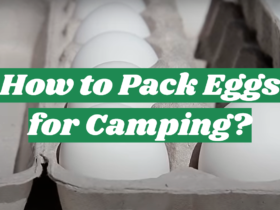

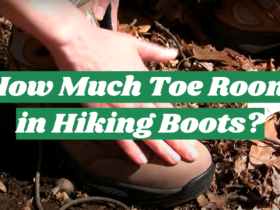
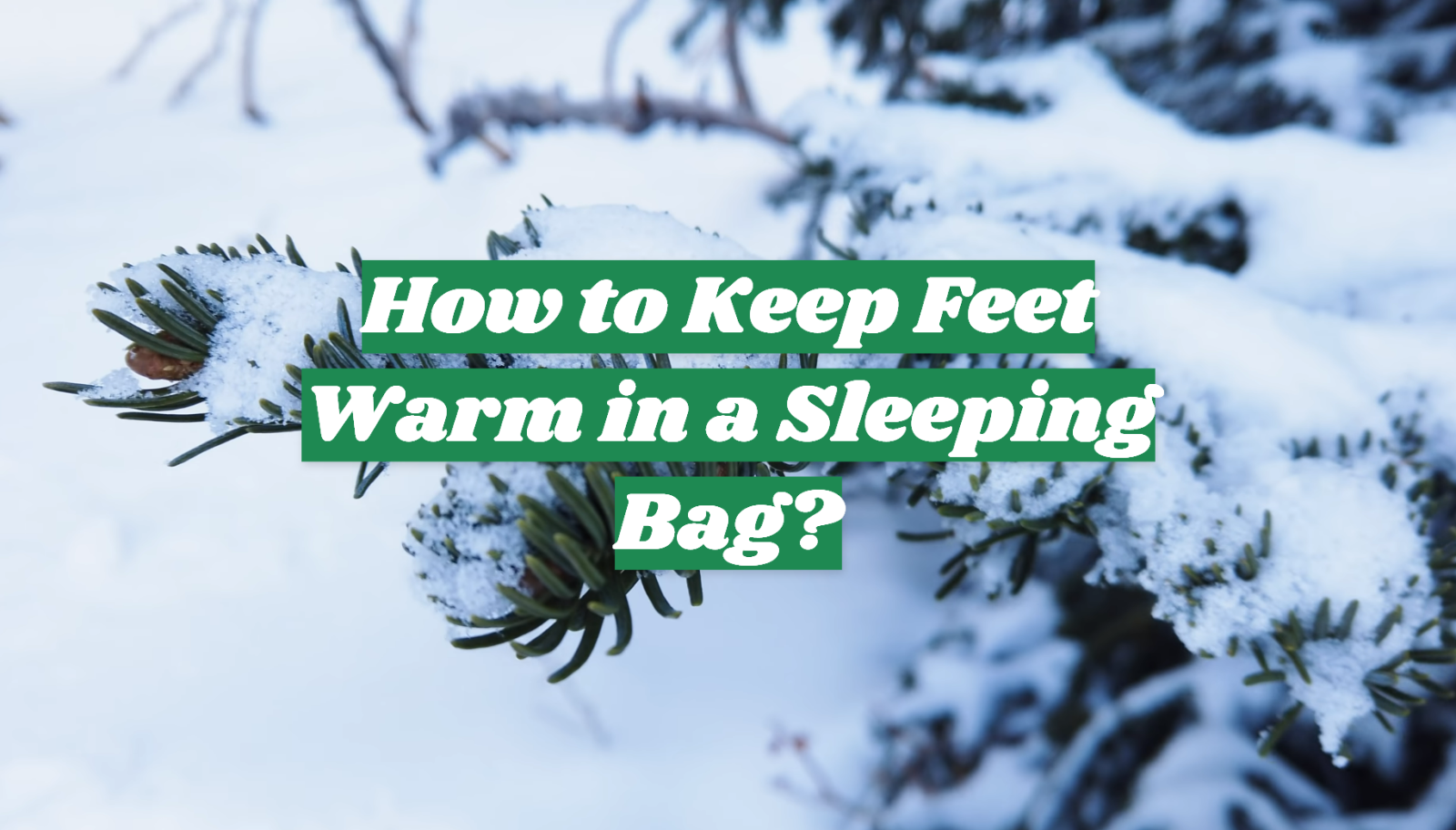
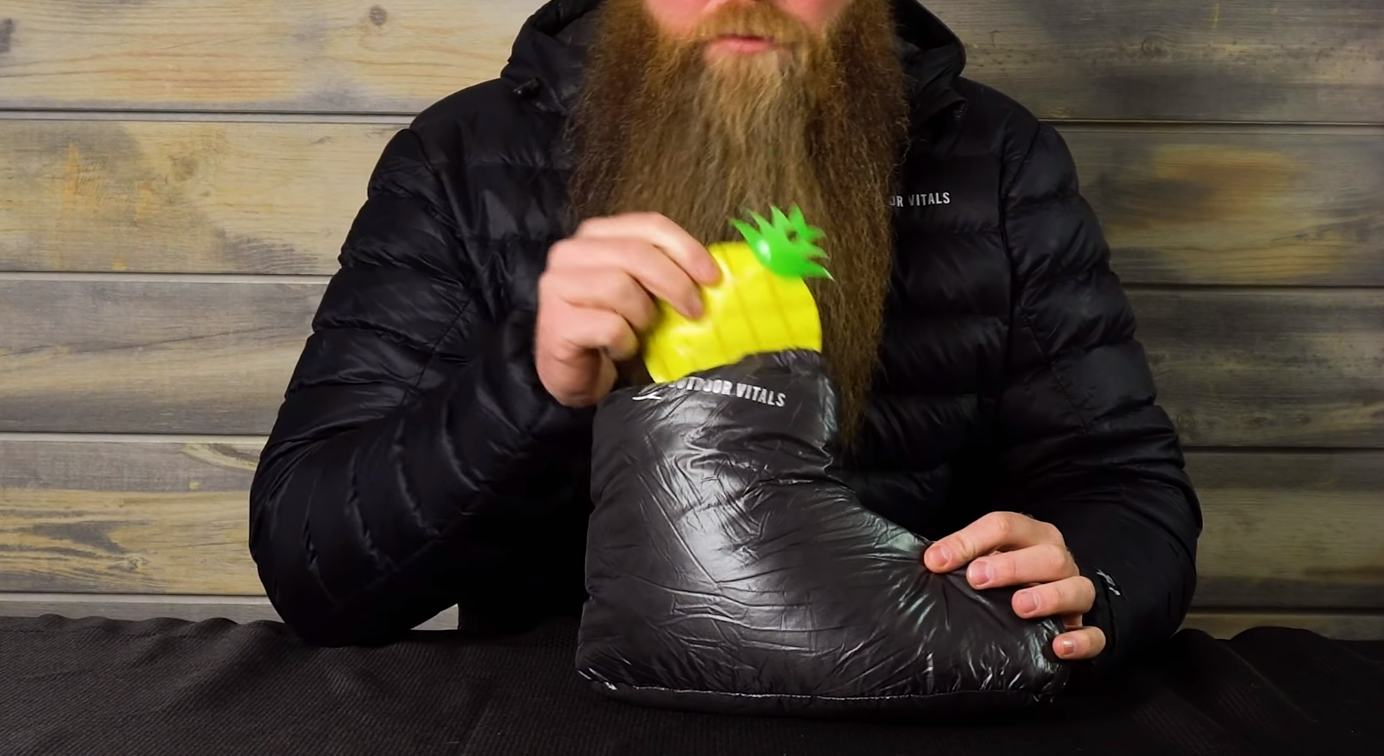


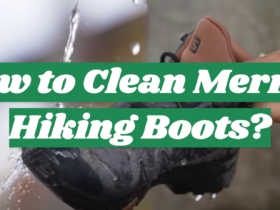
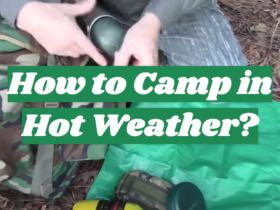
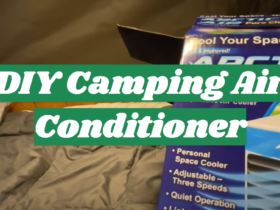
Leave a Review